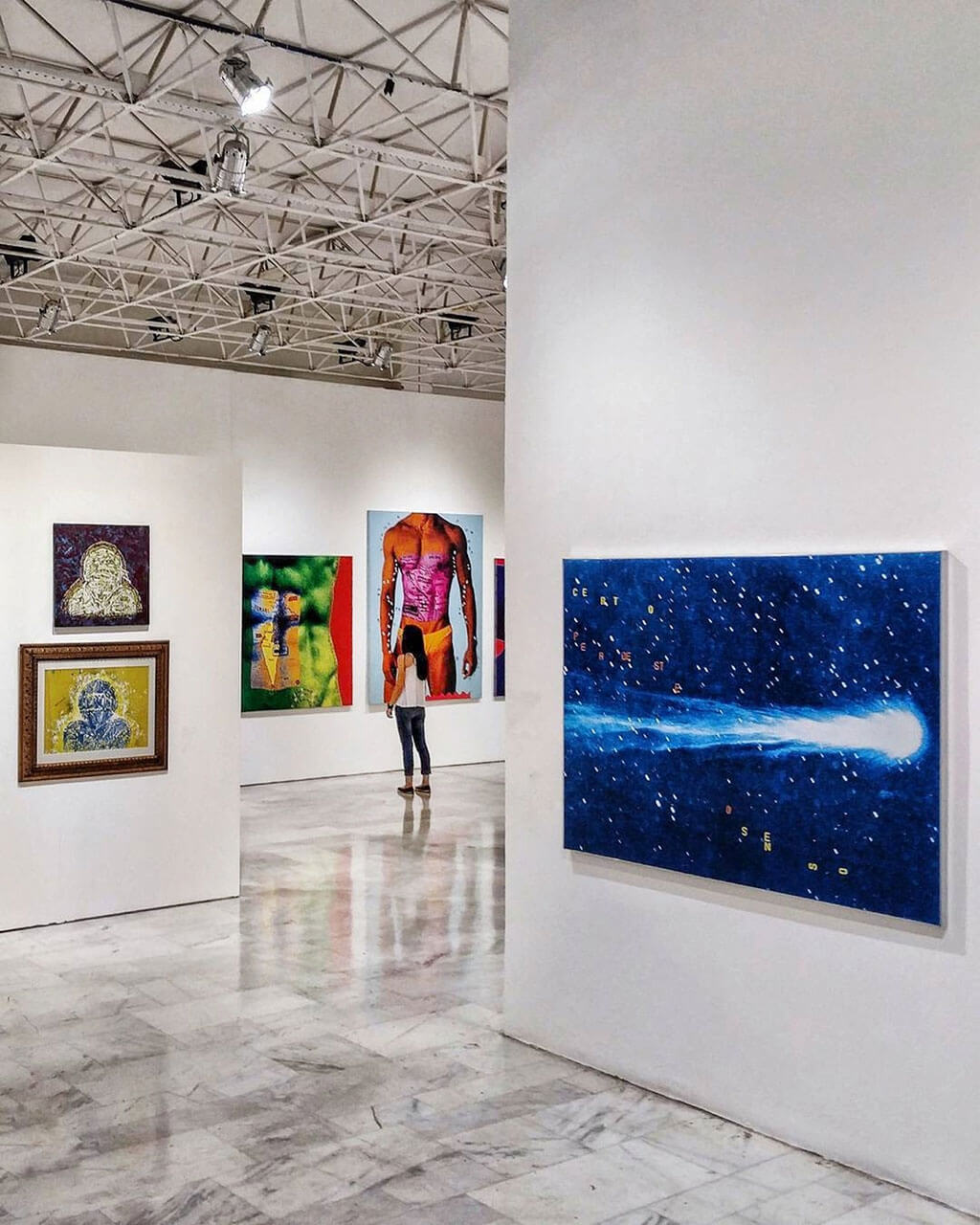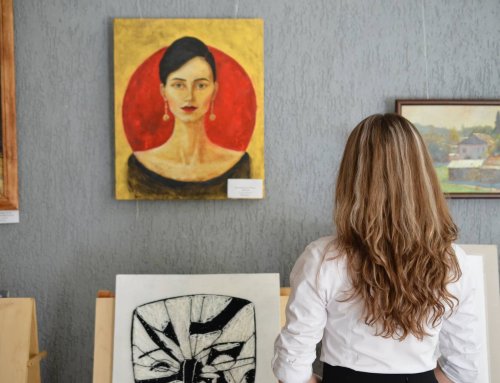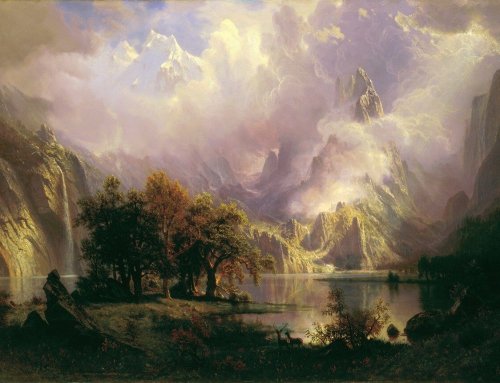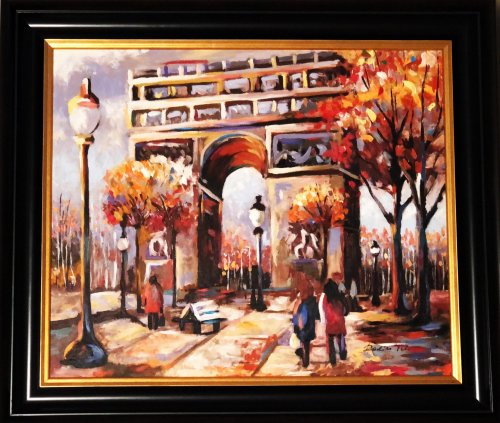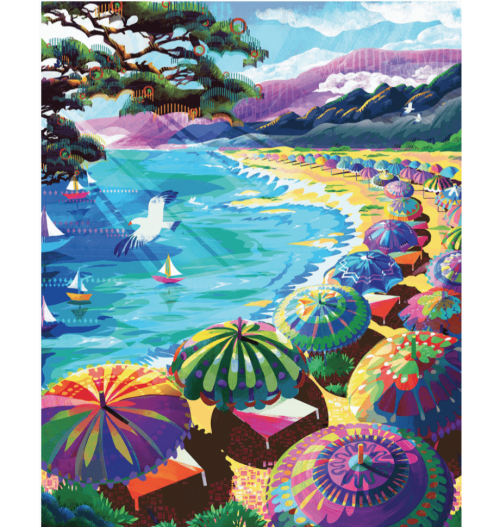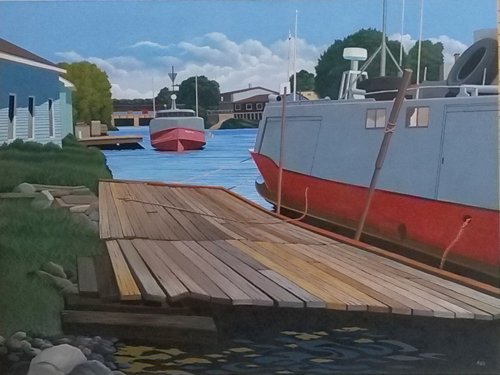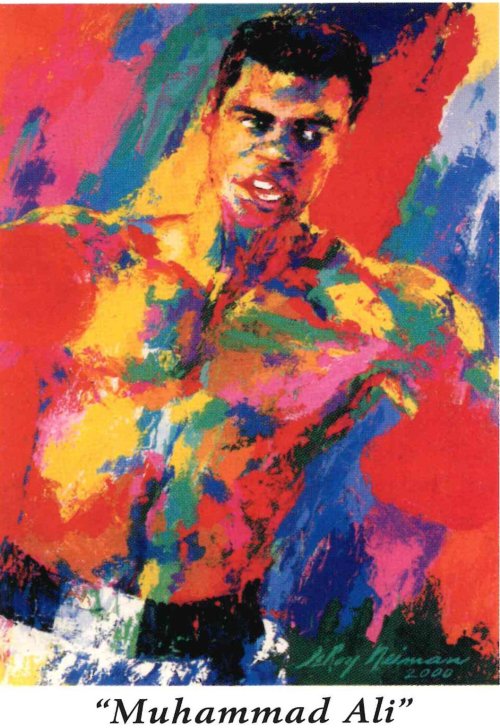Are you looking for alternative investment options beyond stocks and bonds? Have you ever considered investing in art? While many people view art as purely decorative, art investing can offer a unique opportunity to earn high returns while also supporting artists and their work. By investing in art, you can diversify your portfolio and potentially enjoy significant appreciation over time.
In this article, we will explore the world of art investing and provide tips for those who want to invest in art. Whether you’re an art enthusiast or a seasoned investor, you’ll learn how to navigate the art market and build a successful art investment portfolio.
Why Invest in Art?
Art investing differs from buying art purely for personal enjoyment in that it involves purchasing art with the expectation that it will appreciate in value over time. Art is a unique investment in that it is a physical object that can be displayed and enjoyed. In addition to the potential for high returns, investing in art can also offer the opportunity to support artists and their work, and to contribute to the cultural landscape.
Getting Started with Art Investing
Before jumping into art investing, it is important to understand key terms and concepts in the art market. “Blue-chip art” refers to works by established artists with a long history of success in the market, while “emerging artists” are those who are new to the market and may have yet to establish a significant track record. It is important to consider both types of artists when building an art investment portfolio.
There are various options for purchasing art, including buying art at galleries, art fairs, auction houses and online marketplaces. It is important to do research before making a purchase and establish an art funds budget that aligns with your investment goals. When purchasing art, it is important to consider factors such as the artist’s reputation, the condition of the artwork, and its potential for appreciation over time.
Building a Portfolio of Art Investments
When building an art investment portfolio, it is important to consider a variety of factors to ensure a well-rounded portfolio. This includes balancing high-risk and low-risk investments, considering both established and up-and-coming artists, and diversifying across different mediums and styles of art, from traditional to contemporary art pieces.
Selecting art pieces that will appreciate in value over time can be a challenging task, but it is important to consider factors such as the artist’s reputation, the historical significance of the artwork, and its relevance to current trends in the art market. In addition to considering individual works of art, it is important to consider the overall composition of the portfolio and to seek advice from art dealers and galleries.
Working with Art Dealers and Galleries
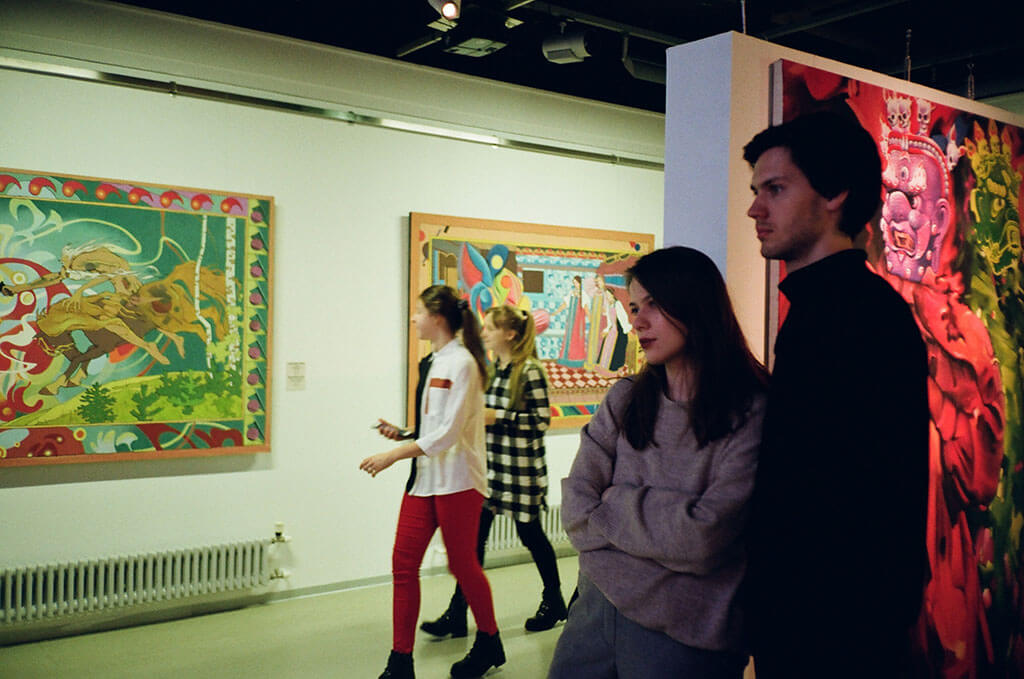
Art dealers and galleries play an essential role in the art market, connecting collectors and investors with artists and their work. Building relationships with reputable dealers, galleries or even an auction house, can provide access to high-quality art pieces and valuable advice on building an art investment portfolio.
Build Relationships with Knowledgeable People in the Industry
Once you’ve identified potential art dealers and art galleries, take the time to visit them in person, attend their exhibitions, and speak with their staff. Building relationships with dealers and galleries can take time, but it’s worth the effort in the long run.
The benefits of working with art dealers and galleries for art investors go beyond access to high-quality art pieces. These professionals can also provide valuable insights on market trends, art valuation, and conservation, among other topics. They can help you understand the factors that contribute to an artwork’s value, such as its rarity, provenance, and condition.
Navigating the Art Market
Navigating the art market can be challenging, especially for beginners. The art market is notoriously opaque and can be difficult to navigate without the proper knowledge and guidance.
One common pitfall for beginners is the risk of fraudulent art sales. To avoid falling victim to scams, it’s essential to conduct due diligence before making a purchase. This can include researching the artist, the artwork’s history and provenance, and the seller.
Be Attentive and Stay Consistent
Staying up-to-date with the latest trends in the art market is also essential for navigating it successfully. Follow industry publications and attend art fairs and exhibitions to gain a better understanding of the market and the art world at large.
Finally, it’s important to approach art investing as a long-term strategy. Building an art investment portfolio takes time, patience, and a willingness to learn. By investing in high-quality art pieces from reputable artists, collectors and investors can reap significant rewards in the long run.
Start Investing in Art with Newport Brushstrokes Fine Art
Art investing is a unique and rewarding opportunity for collectors and investors to diversify their investment portfolios while supporting artists and their work. By investing in art, individuals can potentially earn high returns and acquire assets that appreciate in value over time.
To get started with art investing, it’s essential to define one’s investment goals, conduct research, and work with reputable art dealers and galleries. Building a well-rounded art investment portfolio requires patience, time, and a willingness to learn. But with the right approach, art investing can be a valuable addition to any investment strategy.
At Newport Brushstrokes Fine Art, our gallery offers a wide range of investment art pieces to suit every taste and budget. Our collection includes works by emerging and established artists, and we work with investors and collectors at every stage of their art investment journey.
We encourage you to explore our collections and reach out to our team for guidance and assistance in building your art investment portfolio. With our help, you can start investing in art today and potentially reap significant rewards in the future.

